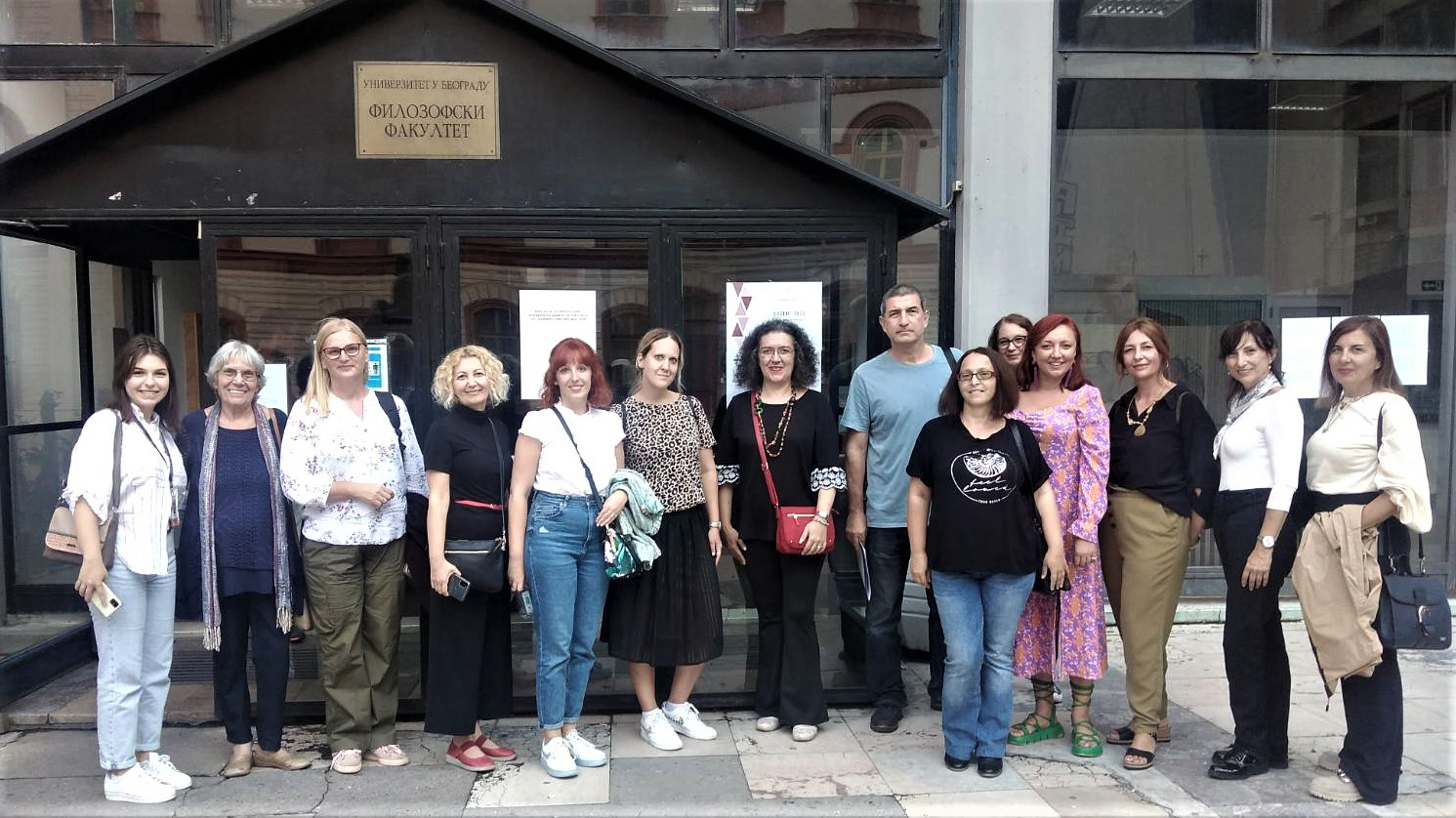
Cultural heritage education in Serbia was the topic of the conference that was organized by Education for the 21st Century, as a part of the European Heritage Days, on September 9th and 10th at the Faculty of Philosophy in Belgrade. The conference participants were teachers from Serbia, and the event was supported by the Ministry of Education, Science and Technological Development, the Office of the Council of Europe in Belgrade, the Republic Institute for the Protection of Cultural Monuments, the Institute for the Advancement of Education and the Faculty of Philosophy of the University of Belgrade. In addition to interesting discussions and relevant cultural heritage researchers, the conference participants were involved in educational tours with the aim of introducing the teachers to the lesser-known heritage of Ottoman-Jewish Belgrade district and the various cultural-historical layers of Belgrade in the district of Kalemegdan.
Numerous international documents encourage the topic of cultural heritage education, because learning about heritage, both preserved or lost, tangible or intangibel , one can learn about the common past that is unchangeable and the challenges of the present in order to show to the future generations the complexity and richness of the layers of cultural diversity in modern society. Cultural heritage education is part of the New European Agenda for Culture (2018 ) in the EU, as well as the European Cultural Heritage Strategy for the 21st Century of the Council of Europe, which was officially launched in Cyprus in April 2017.
The latest document adopted during the Annual session of the Committee of Ministers of the Council of Europe held in Turin, 05/20/2022. Recommendations on the role of culture, cultural heritage and landscape in solving global challenges confirm the crucial role of culture in sustainable development and call for the full recognition and integration of culture in relevant policies.

Today, when we are faced with many examples of contested cultural legacies, especially those linked to colonialism, slavery, fascism, communism, imperialism, mass violence and others, the discussion of heritage has never been more necessary. Therefore, the virtual presentation held by Marie Louise Jansen, director of Institute for Historical Justice & Reconciliation, enabled the wider insight into the contested legacies in the world.
She explained that the newly launched The Contested Histories Initiative (CHI) studies disputes over statues, street names, and other historical legacies in public spaces. Case studies detail the history of the controversies and what actions were taken. The aim is to identify principles, processes and best practices for decision-makers, civil society advocates, and educators confronting the complexities of divisive historical memory.
The most vivid examples are disputes over monuments in the United States of America, Great Britain, Ukraine, then, the renaming of streets after the fall of the Berlin Wall, and other controversies related to historical heritage in public space. With more than 500 cases in over 120 countries around the world, the Initiative has created a rich resource that can be used as the learning materials of contested history and cultural-historical heritage in schools all over the world. The teachers, participants of the conference, were included in the international survey, which should result in the preparation of specific teaching materials related to various educational aspects of the monumental heritage.

More then 30 participants participants from all over Serbia took part in the city tours on “cultural heritage sites: learning spaces ”, exploring how historical sites can be tools for an education, aiming at the development of competences .

